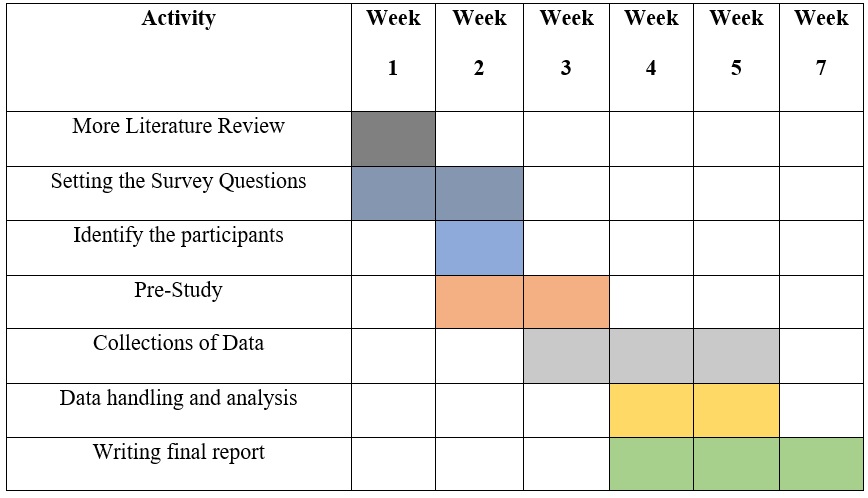Company’s Corporate Strategy
Corporate strategy is concerned with how an organization packages its business to establish the best value. In 2020, the Walt Disney Company decided to diversify the enterprise into different product segments across entertainment and luxury. The company expanded its overseas market through the UTV acquisition (Gamble, 2020). Moreover, Disney invested enough money in the main theme parks and resorts to maintain its competitive advantage. In addition, Disney invested more than billion-dollar addition in Toy Story and entered new markets at Hong Kong Disneyland and Tokyo Disney Resort. In addition, Disney uses its strong leadership organization structure to capture synergies between its enterprise units.
Long-Term Attractiveness of the Industries
The future prospects for the entertainment industry are positive because many people spend their weekends watching movies. The animations, which is Disney’s primary focus, are loved by the target audience, children and even adults. The company has also been increasing its profitability by purchasing new companies, such as Marvel and Pixar, which continue to profit the company (Gamble, 2020). The company can also benefit from internationalizing to foreign markets in Europe, Japan, and China. Seeking a new target population is a long-term strategy for industry diversification and increased revenue. However, the company has also invested in the publication of print and ebooks for comics and magazines. The future prospects for the published materials are not good. Thus, Disney should continue expanding its business products, especially those with optimistic trajectories.
Competitive Strength
Disney’s parks and resorts business units have several competitive advantages. For example, it has significant natural resources, including a 486-acre of land where a resort has been built in California in addition to the 25,000 acres where it has a world resort with about 22,000 rooms (Gamble, 2020). In addition, the business unit has a high revenue, although it is different due to the tourism industry’s seasonality. Moreover, the entertainment division has the advantage of having many top acquisitions like the 21st Century Fox, and Micky Mouse makes the unit sustainable (Gamble, 2020). The segment has established loyal customers who trust Disney’s entertainment. In sum, all the units have unique competitive strengths but the entertainment is still bringing a higher stream of customers and has the potential to be diversified to meet the needs of other customer segments.
9–Cell Industry Attractiveness
The 9-cell industry attractiveness (IA) is organized in nine cubes in which the Y axis is the attractiveness of the industry, whereas the X axis is a competitive position or business strength (BS). The IA is comprised of the market growth rate, profitability, competition, size, cyclicity, economies of scale, remote environmental factors and technology. The BS includes all factors that make a firm either weak or strong such as cost efficiencies, profitability, market share, top management, and market knowledge. In most cases, strategies such as hold, build, invest, and divest/harvest are integrated into the grid.

Strategic Fit and Value Chain Match
The Walt Disney portfolio exhibits a good strategic fit because of the good management and leadership since its founding. The increase in revenue indicates that the company is receiving more money because of the added value to clients. Bob Iger was the primary architect who increased Disney’s revenue and shareholder value for more than fifteen years (Gamble, 2020). The company has added value to its entertainment by developing incredible animations. Moreover, Robert Iger stated that the acquisition of the 21st Century Fox is a good investment that will bring the company good financial results due to the enhancement of the entertainment unit (Gamble, 2020). Thus, Disney is increasing its business scope to attract other segments and get more revenue.
Financial and Operating Performance
The company increased its revenues, although the operating cost was also higher. In 2015, the company’s revenue was $52.5 while in 2020 it rose to about $62.6, which is an indication of positive growth (Gamble, 2020). Moreover, the total revenue for its four-product range in 2019 was $24,701 million compared to $23,024 million in 2018 (Gamble, 2020). However, the operating cost of the company in 2019 was $6,095 million, which is higher than the $5,487 million in 2018 (Gamble, 2020). The business unit that brought the most revenue is theme park admissions at $7,183 from $6,504 in 2019 and 2018, respectively. It was followed by resorts which improved from $5378 in 2018 to $5938 in 2019. However, the merchandise licensing and retail dropped from $4494 to $4249 in the mentioned years. The financial records indicate that the company is making worthwhile investments because of the high rewards it gets from additional functions. Thus, from the assessment, the biggest contributor to Disney’s revenue is theme park admission, while the riskiest is the licensing of merchandise.
Recommendations For Improvement and Increase of Shareholder Value
To make the company more competitive, it is relevant to remain relevant by making strategic choices. The other recommendation for increasing shareholder value is for the company to engage in corporate social responsibility. To successfully integrate 21st Century fox, it is essential to assign it to a different customer segment since Disney is already focusing on children and teenagers with its animation. Thus, 21st Century Fox can focus on adult entertainment to widen its client base. COVID-19 effects can be mitigated through online entertainment because movement restrictions have made people relate virtually. Furthermore, dramas and psychoeducation content will reap high revenue because the pandemic made people depressed and in need of comic relief.
Reference
Gamble, J. E. (2020). The Walt Disney Company: Its diversification strategy in 2020 (Case 21). Texas A&M University-Corpus Christi.